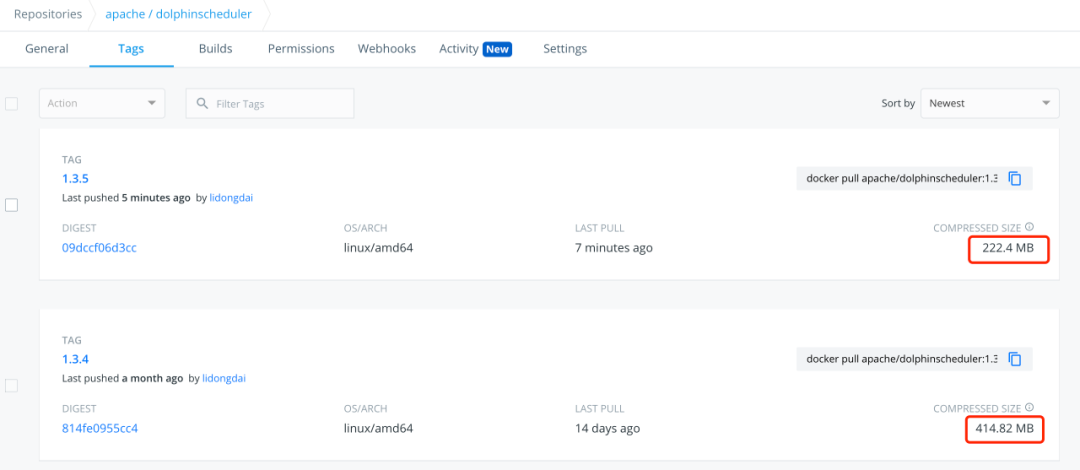Hopefully you folks can clarify some of this for me. I have a web-application using the Sql Membership Provider and it talks to a second web-application through a WCF Service. Both applications share the same Sql Membership Provider datastore...but I need each WCF Service call to authenticate the user.
Now, I've looked at a LOT of samples, but I feel like the samples I've seen either leave out certain code because it "should" be obvious to me, or I mis-understand how WCF handles the request (see expected code below).
I'm grateful for any help...
HERE'S WHAT I ALREADY KNOW HOW TO DO
- I know how to configure the Sql Membership on both ends.
- I know how to setup the wsHttpBinding
- I know how to setup the services certificate used in transport security
HERE'S WHAT I AM CONFUSED ON
- How can I pass the Membership password (...you can't)
- Do I pass the authentication cookie? If so, how?
- Do I create a "known" username and password not related to the user (themselves)?
IN THE WEB CLIENT I WOULD EXPECT TO SEE CODE SOMETHING LIKE THIS
protected void btnLogin_Click(object sender, EventArgs e)
{
// Logging into the web-application is known and easy.
if (Membership.ValidateUser("MyUserName", "MyPassword"))
{
FormsAuthentication.SetAuthCookie("MyUserName", true);
FormsAuthentication.RedirectFromLoginPage("MyUserName", false);
}
}
protected ServiceReference1.Contractor getContractor(Int32 key)
{
// I expect something "like" this on the client call.
MembershipUser user = Membership.GetUser("MyUserName");
ServiceReference1.FishDataClient wcfService = new ServiceReference1.FishDataClient();
// You can't retreive the users password directly,
// nor can you get the hash from the SqlMembershipProvider.
wcfService.ChannelFactory.Credentials.UserName.UserName = user.UserName;
// So doing something like this would not be possible.
wcfService.ChannelFactory.Credentials.UserName.Password = "??????";
// So how is the web service going to authenticate the user from it's
// references to the same SqlMembershipProvider (database).
ServiceReference1.Contractor contractor = wcfService.GetContractor(key);
wcfService.Close();
wcfService = null;
return contractor;
}
IN THE WCF SERVICE I WOULD EXPECT TO SEE CODE SOMETHING LIKE THIS
[PrincipalPermission(SecurityAction.Demand, Role = "User")]
public Contractor GetContractor(Int32 key)
{
ServiceSecurityContext context = ServiceSecurityContext.Current;
Contractor contractor = new Contractor();
// What goes here? I would expect something like this...
if (Membership.ValidateUser("???????", "???????"))
contractor.Get(key);
return contractor;
}

